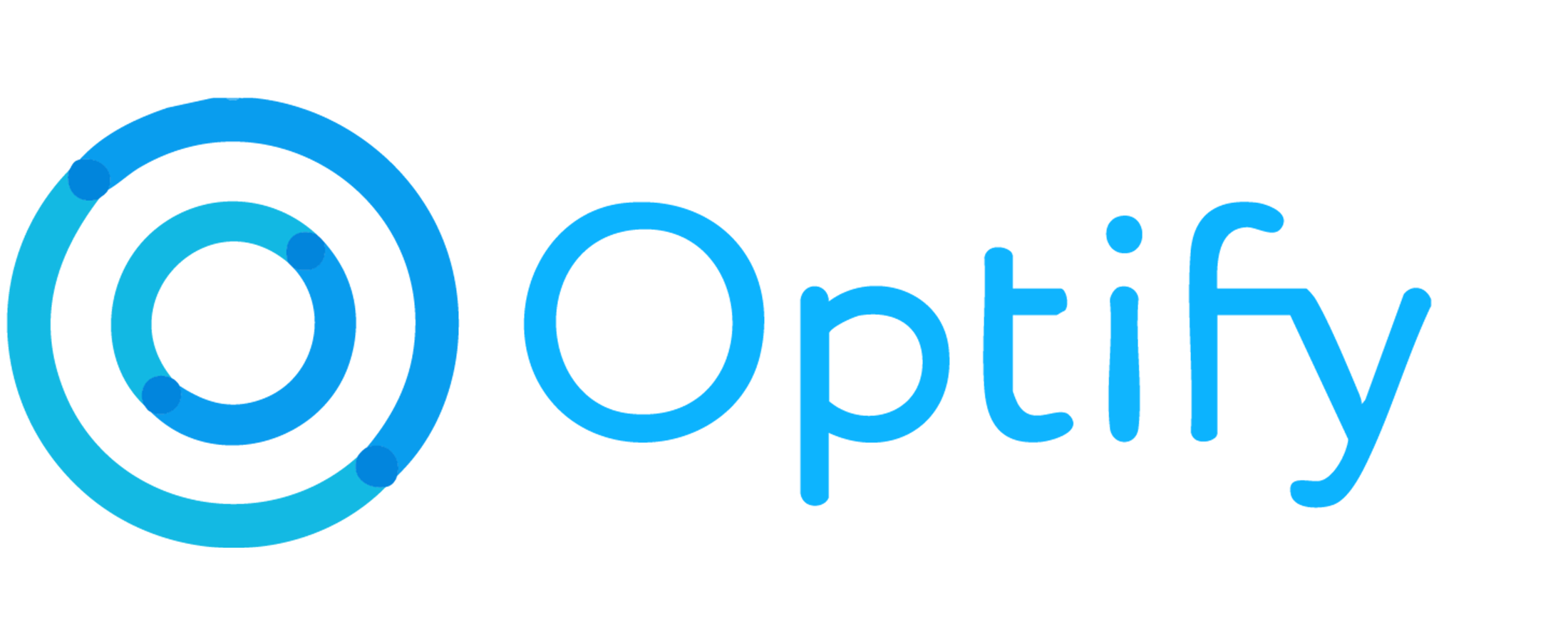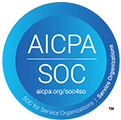
In recent years, many organizations have experimented with “mini” coaching engagements: short bursts of two to four sessions added onto a training program or offered as a perk. While these lighter-touch experiences can introduce leaders to the idea of coaching, they rarely deliver the kind of sustainable impact organizations are seeking.
By contrast, longer and more extensive coaching engagements provide leaders with the time, space, and support to make meaningful shifts in how they think, behave, and lead. The ROI from these programs is consistently stronger, and here’s why.
The Limits of Mini Coaching
A few sessions may give leaders a moment of reflection, but meaningful change requires more than a quick conversation.
In a recent partnership, Optify conducted both standard and mini coaching pilots within the same company. The results of the standard program far surpassed the mini program: standard program NPS was 100 compared to the mini program’s 29, and the standard coach’s NPS was 100 compared to the mini coach’s 43.

At a high level, these mini, short-term engagements tend to:
Stay Surface-Level
With only a handful of sessions, leaders usually focus on one immediate issue: solving a problem with a direct report, preparing for a presentation, or handling a conflict. While helpful, the work rarely extends into broader leadership development or deeper self-awareness.
Lack Accountability
Leadership growth takes repetition and reinforcement. With a short engagement, there’s no opportunity to revisit goals, test new behaviors, and check progress. As a result, even good intentions tend to fade under day-to-day pressures.
Miss Measurement
A handful of conversations doesn’t provide enough data points to evaluate progress. Organizations can’t reliably connect mini engagements to outcomes like retention, engagement, or business performance, making it hard to justify the investment.
Fail to Shift Culture
Quick engagements impact individuals in isolation, but they don’t create the sustained energy needed to build coaching as part of the organizational fabric.
Mini coaching may spark awareness, but without continuity, it’s like lighting a match in the wind—bright for a moment, gone the next.
Why Longer Coaching Pays Off
Extensive coaching programs, by contrast, create the conditions for lasting growth. In the same Optify partnership, the standard program’s business impact was much greater than the impact of the mini program by almost every measure.

Longer coaching programs allow leaders to engage in a deeper, more meaningful process that evolves over time through:
Building Trust With Their Coach
Trust doesn’t happen in session one. Longer engagements give leaders the psychological safety to bring real challenges to the table, like self-doubt, blind spots, and difficult relationship dynamics. As trust builds, the coaching gets more honest, more tailored, and more impactful.
Sustaining Growth Over Time
Change requires practice. A six-month or year-long coaching arc gives leaders multiple cycles to try new behaviors, reflect on what worked, and refine their approach. The repetition cements new habits, turning insight into action.
Aligning With Business Outcomes
With time, coaching conversations naturally align with organizational priorities, whether that’s leading through change, improving cross-functional collaboration, or preparing for succession. Coaches can connect individual growth with enterprise goals, making the impact clear to both the leader and the organization.
Providing Measurable Impact
Long-term coaching engagements allow for structured assessments at the beginning, middle, and end. This gives organizations real data to track leadership progress, team improvements, and cultural shifts—evidence that supports ROI and strengthens the case for continued investment.
In practice, this means longer coaching programs don’t just help leaders “manage through today.” They build the capacity to thrive tomorrow—and the next year, and the next.
The ROI Case for Deep Coaching Engagements
The return on investment from deeper coaching is seen on multiple levels:
Individual Leaders
When leaders have the time and space for sustained coaching, they grow beyond surface-level skills. They become more confident in their ability to navigate uncertainty and make complex decisions. Extended coaching also helps leaders build resilience—the capacity to recover quickly from setbacks and lead effectively under pressure. Over time, they shift from reactive problem-solving to proactive leadership, making them more effective, trusted decision-makers who can guide their teams through both stability and change.
Teams
Teams benefit directly from leaders who communicate with clarity, consistency, and empathy. Extended coaching engagements give leaders the chance to practice new communication strategies, strengthen delegation, and refine how they set priorities. The ripple effect is teams that operate with less friction, clearer focus, and stronger collaboration. Conflicts get resolved more quickly, trust grows, and the overall team dynamic becomes healthier, leading to higher engagement and stronger performance.
Organizations
At the organizational level, the ROI compounds. Coaching at depth improves employee engagement and morale, as leaders create environments where people feel seen, supported, and motivated. This reduces costly turnover and helps retain top talent. In addition, organizations benefit from a stronger leadership pipeline: coaches help prepare emerging leaders for expanded responsibilities and future roles. Ultimately, this ensures continuity, strengthens culture, and positions the organization to adapt and thrive in changing markets.
When coaching is designed for depth, it doesn’t just solve immediate challenges—it transforms how leaders show up every day. The benefits compound, creating ripple effects across the organization.
Think of it this way: you wouldn’t expect someone to become fluent in a language after three lessons. Leadership growth is no different. Depth and consistency matter.
Choosing the Right Approach
Mini engagements can serve a purpose. They’re a useful introduction for leaders who’ve never experienced coaching before or as a supplement to training programs. But they should be seen as gateways, not substitutes.
For organizations serious about developing leaders at scale, investing in longer coaching journeys is the clearest path to both individual transformation and organizational ROI. The best coaching doesn’t just solve today’s problem; it builds tomorrow’s leaders. And that takes more than a quick fix.
At Optify, we help organizations design and deliver coaching programs that go deeper—programs that leaders actually want to engage in, that connect directly to organizational priorities, and that deliver measurable results. If you’re ready to explore how longer coaching engagements can transform your leaders and your business, let’s talk.



